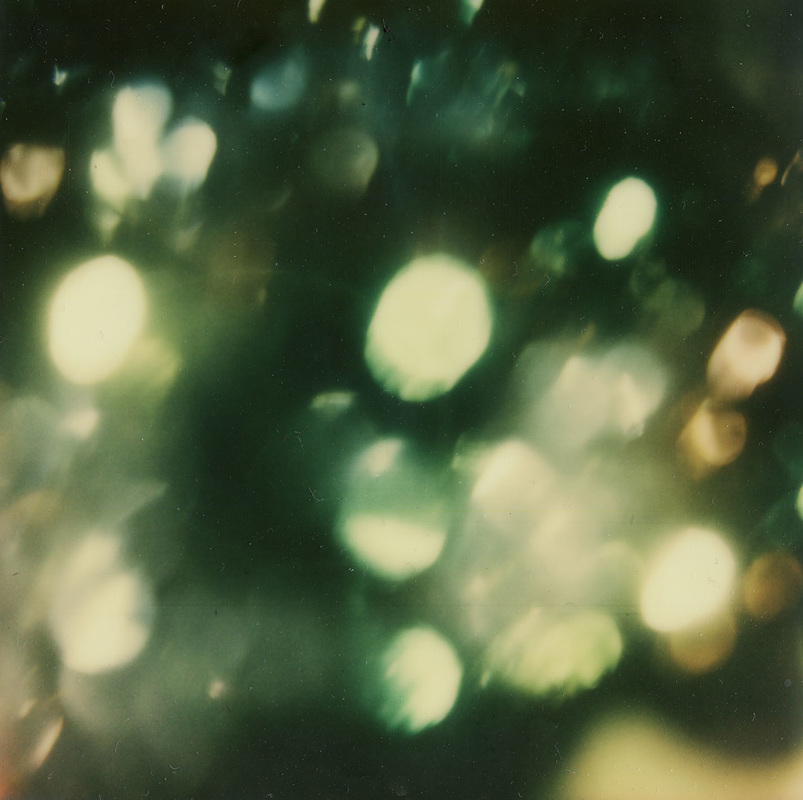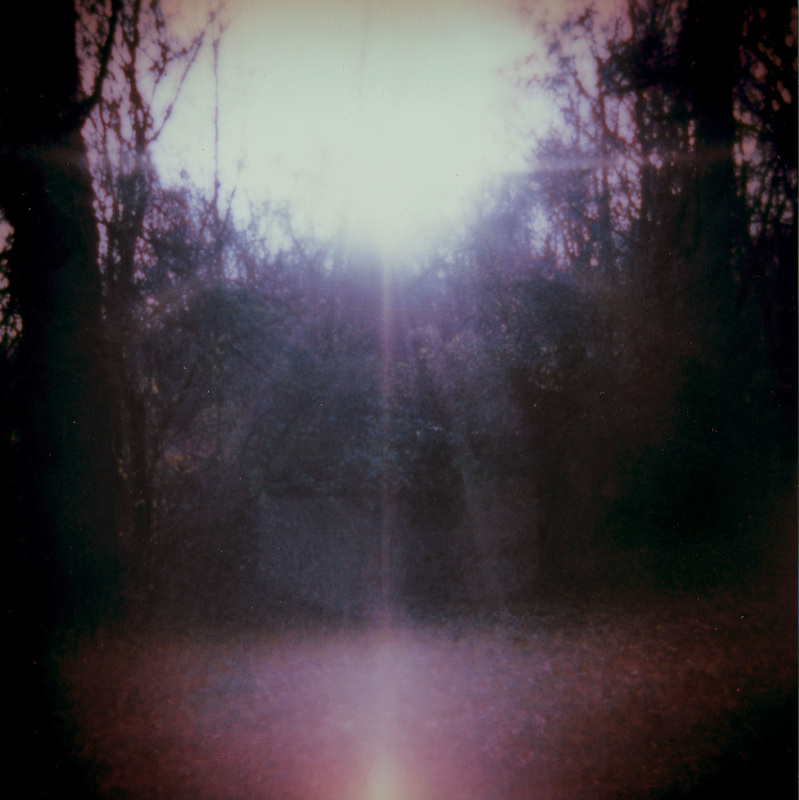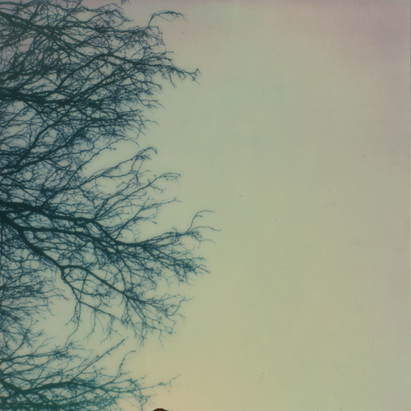|
Welcome to the third and final part of the Story of Crossing Over, where we're sharing the inspiration behind our new album. If you want to start from the beginning, be sure to read Part 1 and Part 2 first! My time has come |
| Heyr þú oss himnum á, Guð. Heyr þú oss himnum á, hýr vor faðir, börn þín smá, lukku oss þar til ljá líf eilíft þér erfum hjá, og að þé r aldrei flæmumst frá. Þitt ríki þró ist hér, það þín stjó rn og kristni er, svo að vé r sem flestir, Guð, til handa þér, fegin yfir því fögnum vér. Síst skarta sönglist má, sé þar ekki elskan hjá, syngjum þvíþýtt lof þá, Þér, Guð drottinn, himnum á, Maður rétt kristinn mun þess gá . En þegar aumir vér, öndumst burt úr heimi hér, oss tak þá , Guð, að þér, Í þá dýrð, sem aldrei þver. Amen, amen það eflaust sker. | Hear us in heaven, O God. Hear us in heaven, loving Father, as we, your small children, ask for the fortune to receive eternal life. We shall not stray from your path. May we help your kingdom to grow here on earth. Following your guidance, we gather around in your name, and gladly celebrate. We cannot make a joyful song unless we are moved by love. So let us sing our gentle praise to you, Lord God, in heaven, as the truly faithful have done. When our poor souls pass away from this world, take us God to you, into your everlasting glory. Amen, Amen, may this be done. —Old Icelandic Psalm |
We who remain
Funeral Ikos, John Tavener
At this point on the disc, our protagonist has crossed over to what may lie beyond.
We are left here, on earth, wondering what has happened.
Our program returns to John Tavener, and his Funeral Ikos (with a text from the Greek Orthodox Order for the Burial of Dead Priests) ponders the mystery of where our loved ones have gone and where we may someday go ourselves.
The piece is a simple chant, and over-analysis defeats the purpose. We strove to deliver the text in as compelling and honest a way as we could.
The only thing I will offer is that Tavener’s indicated tempo is far faster than any professional recording I have heard before ours. At this faster tempo (still slightly below the 88 beats per minute in the score), I think the piece takes on an urgency and an emotional life that is missing in slower versions.
The piece and the album end on a stark open fifth. We have progressed through a series of dreams and visions, and witnessed someone cross over into the beyond, but we as humans on earth still lack a clear image of what is to come.
We are left here, on earth, wondering what has happened.
Our program returns to John Tavener, and his Funeral Ikos (with a text from the Greek Orthodox Order for the Burial of Dead Priests) ponders the mystery of where our loved ones have gone and where we may someday go ourselves.
The piece is a simple chant, and over-analysis defeats the purpose. We strove to deliver the text in as compelling and honest a way as we could.
The only thing I will offer is that Tavener’s indicated tempo is far faster than any professional recording I have heard before ours. At this faster tempo (still slightly below the 88 beats per minute in the score), I think the piece takes on an urgency and an emotional life that is missing in slower versions.
The piece and the album end on a stark open fifth. We have progressed through a series of dreams and visions, and witnessed someone cross over into the beyond, but we as humans on earth still lack a clear image of what is to come.
1 Comment
Author
Matthew Guard
Archives
April 2020
March 2020
July 2016
June 2016
May 2016




 RSS Feed
RSS Feed

